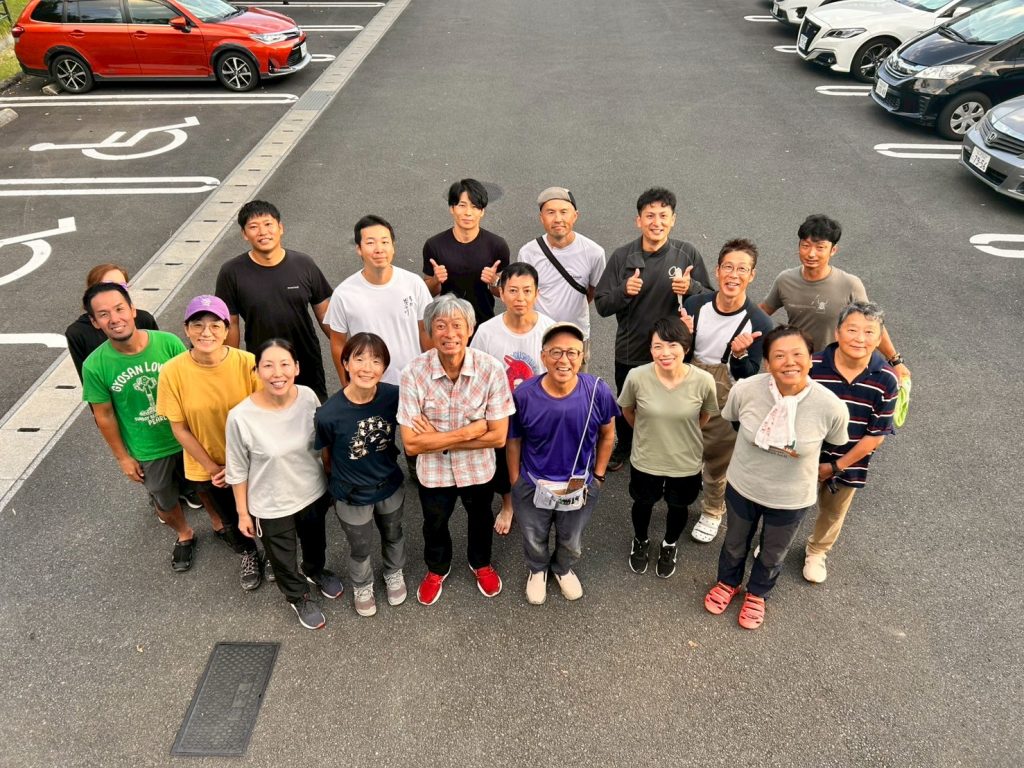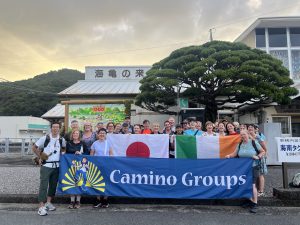Wilderness First Aid Training Report: Preparing for Emergencies Beyond the City
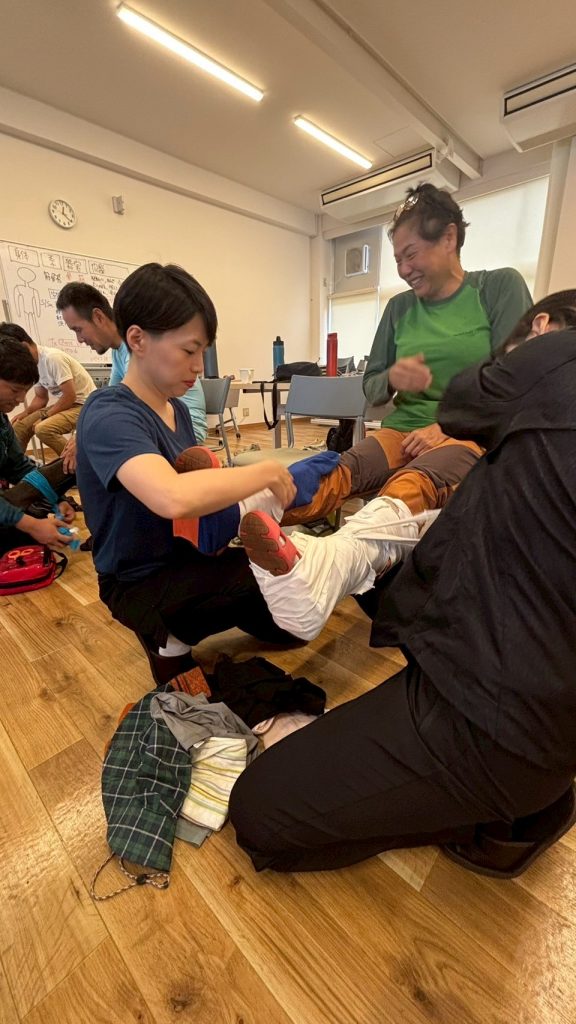
In September 2025, our guide team at KochiAmigo participated in a Wilderness First Aid (WFA) training program. WFA is a globally recognized emergency care protocol designed for remote or disaster-prone environments where access to ambulances or medical facilities may be delayed. Unlike conventional urban first aid, WFA focuses on prolonged care in resource-limited settings—an essential skill set for outdoor professionals. This article offers a brief report on the background, structure, and key takeaways from the training.
Contents
Why We Pursued WFA Training
While our tours typically operate within areas accessible by public roads and emergency services, we occasionally venture into zones with limited cell coverage or lead hiking tours in more remote terrain. We recognized that our existing first aid knowledge might not be sufficient in such cases. When the Shikoku Tourism Creation Organization launched a new initiative to enhance wilderness emergency preparedness among guides, we joined both as participants and administrative collaborators. This report shares our experience from the training.
Training Overview

Instructor Profile
The course was led by Mr. Taito Okamura, Executive Director of Wilderness Education Association Japan and Leave No Trace Japan. He also runs Backcountry Classroom Inc., which offers immersive educational camps for children. These programs take place in undeveloped mountain areas, requiring participants to hike and camp for several days—an approach that reflects Mr. Okamura’s deep expertise in wilderness education.
Format and Duration
The training spanned three days, alternating between indoor lectures and outdoor simulations. The first half focused on theory: understanding potential injuries and symptoms that may arise during outdoor activities. The second half involved hands-on simulations, including diagnosis and evacuation planning in realistic scenarios.
Participant Profile
Approximately 15 participants joined from across the Chugoku and Shikoku regions, including outdoor guides specializing in hiking, rafting, canoeing, and cycling, as well as certified interpreter-guides.
Key Learnings and Memorable Moments
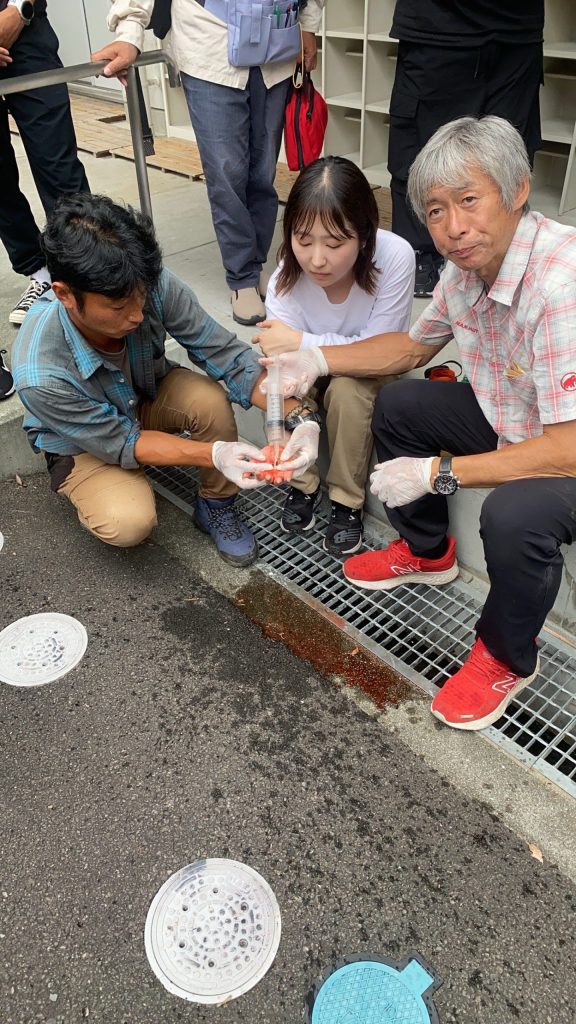


Core Emergency Skills
We began with situational assessment—understanding the environment, identifying the cause of injury, and estimating the number of casualties. Though fundamental, this step is often overlooked in the heat of the moment. Regaining composure through initial checks proved vital.
We then studied three critical systems: circulatory, respiratory, and neurological. These are essential for life support, and we learned to assess whether they were compromised. Topics included CPR, measuring respiratory and heart rates, identifying major bleeding, and evaluating spinal injuries—skills rarely covered in urban first aid. We also practiced wound care, pressure-based bleeding control, hypothermia packaging, and splinting techniques.

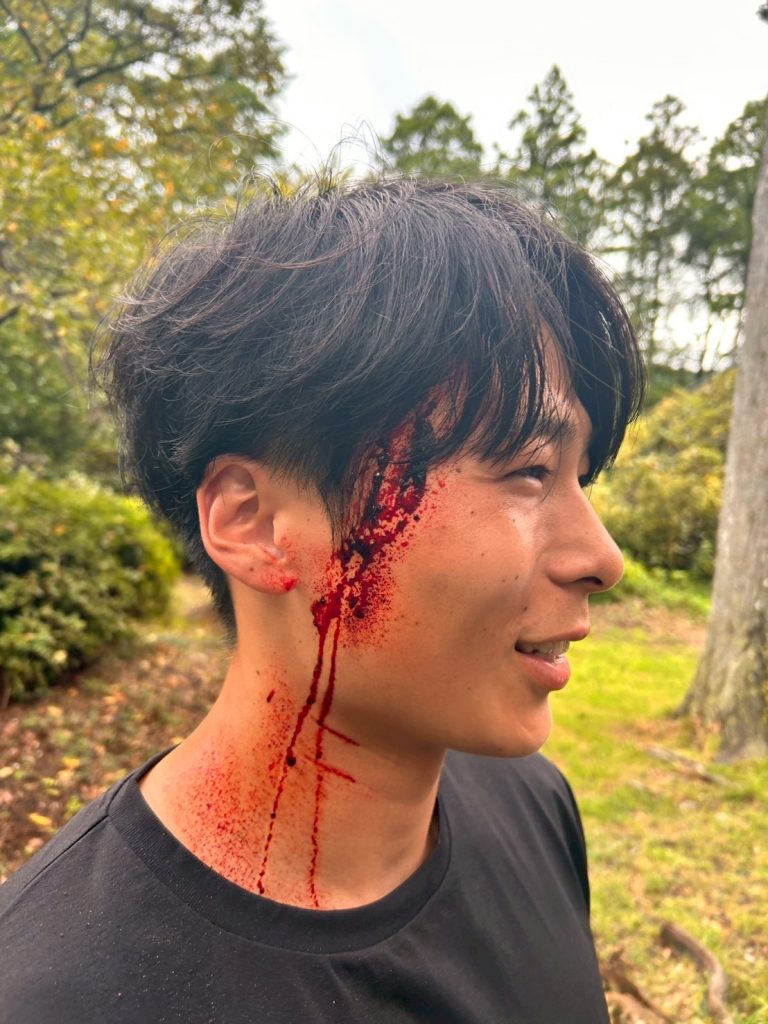

Scenario-Based Simulations
The practical exercises were particularly impactful, and we used a structured note-taking method called SOAP—Subjective, Objective, Assessment, and Plan—to guide our diagnoses. This format helped us systematically evaluate each scenario, from internal bleeding after a mountain biking accident to suspected spinal trauma during a hike and CPR for a rafting-related drowning. While none of the cases were immediately life-threatening, they demanded careful judgment. By applying our classroom knowledge and documenting symptoms and decisions through SOAP, we were able to estimate injury severity, anticipate progression, and determine whether to continue the activity or initiate evacuation.
Urban vs. Wilderness Emergency Response
One of the most thought-provoking aspects was the contrast between urban and wilderness emergency response. In cities, calling an ambulance and waiting is standard. In the wild, help may not come. During tours, we often have multiple guests, making immediate evacuation difficult. The challenge lies in making calm, informed decisions without overestimating injuries. This reinforced the importance of pre-planning evacuation routes and maintaining clear, trust-based communication with guests and team members.
Looking Ahead
Following the training, we plan to review and update our first aid kits, tailor injury response plans to each activity, and share evacuation routes and decision criteria within our team. To retain our skills, we’ll revisit the training content before peak seasons. We also aim to foster ongoing discussions among guides about injury prevention and post-incident response strategies.
